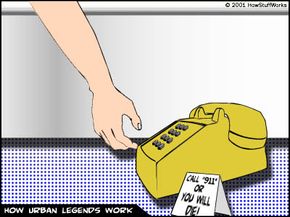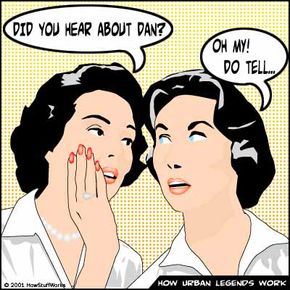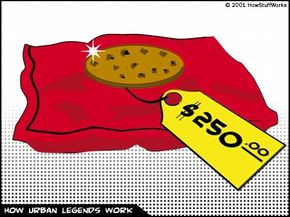In 1994, the Las Vegas police reported a disturbing series of crimes along the Vegas strip. The first victim in this wave was an Ohio man in town for a sales convention. At the bar in his hotel, the man happened to strike up a conversation with an attractive young woman. According to the man, the two hit it off, sharing several drinks over the course of a couple hours. At some point, the man blacked out, and when he came to, he found himself lying in a hotel bathtub, covered in ice. There was a phone resting on the floor beside the tub, with an attached note that said, "Call 911 or you will die." He called an ambulance and was rushed to the hospital, where the doctors informed him that he had undergone massive surgery. One of his kidneys had been removed, apparently by a gang selling human organs on the black market. Following this occurrence, many similar crimes were reported, leading Las Vegas police to issue warnings to travelers visiting the city.
There's a good chance that you've heard this story, or some variation of it. News of the Vegas "organ harvesters" has been passed on by thousands and thousands of people over the course of 10 years. It has been relayed by word of mouth, e-mail and even printed fliers. But there is absolutely no evidence that any such thing ever occurred, in Las Vegas or anywhere else. This fictional story is a quintessential urban legend, an incredible tale passed from one person to another as truth.
Advertisement
In this article, we'll look at urban legends to see what they are, where they come from and why they spread so quickly. We'll also explore some ideas regarding the social significance of urban legends, as well as take a look at how the stories have changed over the years.
Generally speaking, an urban legend is any modern, fictional story, told as truth, that reaches a wide audience by being passed from person to person. Urban legends are often false, but not always. A few turn out to be largely true, and a lot of them were inspired by an actual event but evolved into something different in their passage from person to person. More often than not, it isn't possible to trace an urban legend back to its original source -- they seem to come from nowhere. We'll look at some examples in the next section.
Advertisement




